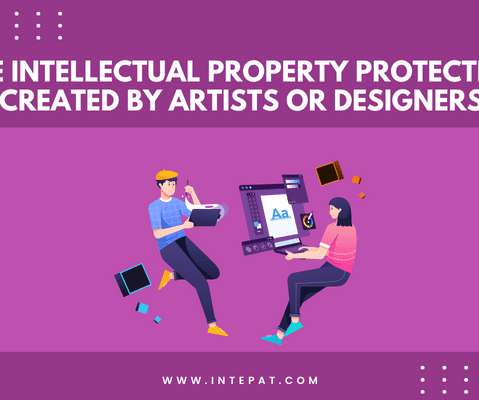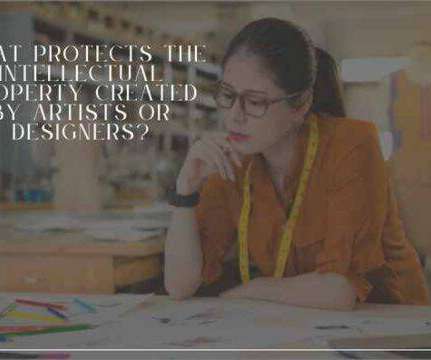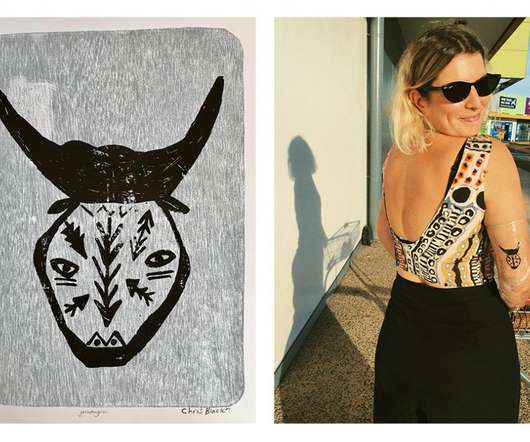What Protects The Intellectual Property Created By Artists Or Designers?
Intepat
OCTOBER 7, 2022
As a result, intellectual property refers to creations such as innovations, industrial product designs, literary and creative works, and symbols that are later used in business. As an artist or designer, one should be aware of two forms of intellectual property (IP) rights: copyright and Industrial design.












Let's personalize your content